Hydrogenation
We believe in providing top quality workmanship and are so confident in our level of service that we back.
We believe in providing top quality workmanship and are so confident in our level of service that we back.
Hydrogenation is a process utilized to modify the physical characteristics of natural fats and oils . Employed in the edible oil processing industry for over a century, this technique commonly referred to as ‘hardening’ primarily targets liquid vegetable oils such as soybean, canola, or sunflower. The objective is to enhance their oxidative stability and refine their melting properties by decreasing their level of unsaturation.
In this the unsaturated oils convert unsaturated bonds to saturated by means of hydrogen molecules under presence of the catalyst and increase the melting point of oil or fats.
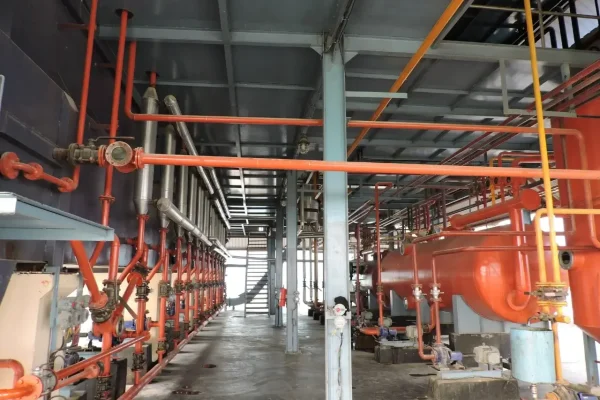

A fully hydrogenated oil plant processes edible oils to increase their stability, shelf life, and change their physical properties, making them suitable for various food applications.
Oil Selection and Cleaning: Raw vegetable oils (such as soybean, palm, or canola oil) are selected based on the desired final product. The oil is cleaned to remove impurities such as free fatty acids, phospholipids, and pigments through processes like degumming, neutralization, and bleaching. Heating: The cleaned oil is heated to the required temperature, typically between 180°C and 220°C, to facilitate the hydrogenation reaction
Reaction Vessel: The heated oil is introduced into a hydrogenation reactor. This reactor is designed to withstand high pressure and temperature.
Hydrogen Addition: Hydrogen gas is added to the reactor under controlled conditions. The hydrogenation reaction involves the addition of hydrogen atoms to the double bonds of unsaturated fatty acids in the oil, converting them into saturated fatty acids.
Catalyst: A metal catalyst, usually nickel or a nickel-based compound, is used to speed up the reaction. The catalyst is often in the form of a fixed bed or a slurry.
Temperature and Pressure Control: The reaction conditions are carefully controlled. Typical operating temperatures range from 150°C to 220°C, and pressures can vary from 1 to 20 atmospheres, depending on the desired level of hydrogenation.
Filtration/Centrifugation: After the hydrogenation reaction, the oil is separated from the spent catalyst. This is typically done through filtration or centrifugation.
Deodorization: The hydrogenated oil may be subjected to deodorization to remove any residual odors or flavors. This step usually involves steam distillation under vacuum.
Cooling: The hydrogenated oil is cooled to ambient temperature or to a specified temperature for storage. Storage: The oil is stored in tanks under controlled conditions to prevent oxidation and maintain quality.
In a partially hydrogenated oil plant, the goal is to partially hydrogenate vegetable oils to achieve desired properties, such as a specific melting point or consistency, while maintaining some level of unsaturation. This process is used to create fats that are more stable than fully unsaturated oils but not as solid as fully hydrogenated oils.
Oil Selection and Cleaning: Raw vegetable oils (such as soybean, palm, or canola oil) are selected based on the desired final product. The oil is cleaned to remove impurities such as free fatty acids, phospholipids, and pigments through processes like degumming, neutralization, and bleaching. Heating: The cleaned oil is heated to the required temperature, typically between 180°C and 220°C, to facilitate the hydrogenation reaction.
Reaction Vessel: The heated oil is introduced into a hydrogenation reactor. This reactor is designed to withstand high pressure and temperature. Hydrogen Addition: Hydrogen gas is added to the reactor under controlled conditions. The hydrogenation reaction involves the addition of hydrogen atoms to the double bonds of unsaturated fatty acids in the oil, converting them into saturated fatty acids. Catalyst: A metal catalyst, usually nickel or a nickel-based compound, is used to speed up the reaction. The catalyst is often in the form of a fixed bed or a slurry. Temperature and Pressure Control: The reaction conditions are carefully controlled. Typical operating temperatures range from 150°C to 220°C, and pressures can vary from 1 to 20 atmospheres, depending on the desired level of hydrogenation.
Filtration/Centrifugation: After the hydrogenation reaction, the oil is separated from the spent catalyst. This is typically done through filtration or centrifugation.
Deodorization: The hydrogenated oil may be subjected to deodorization to remove any residual odors or flavors. This step usually involves steam distillation under vacuum.
Cooling: The hydrogenated oil is cooled to ambient temperature or to a specified temperature for storage. Storage: The oil is stored in tanks under controlled conditions to prevent oxidation and maintain quality.

Strategies to ensure proactive domination. At the end of the day,User generated content in real-time will have multiple touchpoints for offshoring.




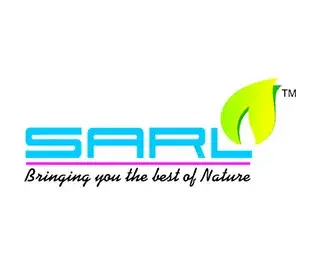

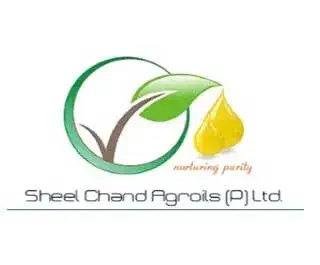

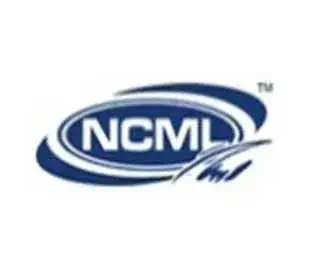


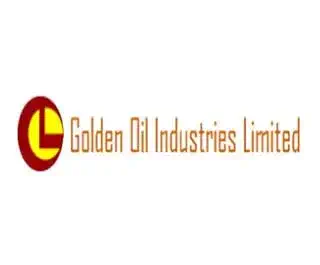




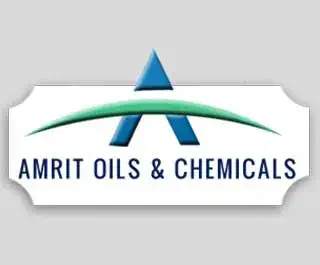




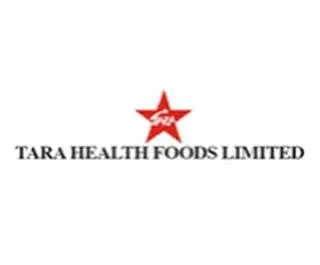
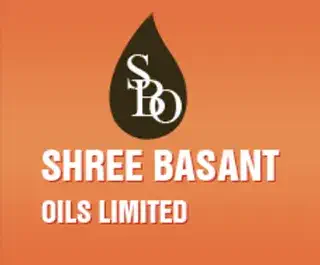
Discover some of the most asked questions regarding Hydrogenation Plant.
Fully Hydrogenated Oils: All double bonds in the fatty acids are converted to single bonds, resulting in a completely saturated fat. This type of oil is solid at room temperature and has a longer shelf life.
Partially Hydrogenated Oils: Only some of the double bonds are converted to single bonds, leaving some unsaturated bonds intact. This process can result in the formation of trans fats, which have been associated with health risks.
Hydrogenation helps achieve the desired texture and consistency in oils, which is important for various food applications.
Labeling Requirements: Many countries require labeling of trans fat content in foods. Some have implemented bans or restrictions on trans fats in food products.
Quality Standards: Regulations often define quality standards for edible oils, including those that have undergone hydrogenation.
Fully hydrogenated oils are completely saturated, which means they do not contain trans fats. However, excessive consumption of saturated fats can still have health implications, such as contributing to heart disease.